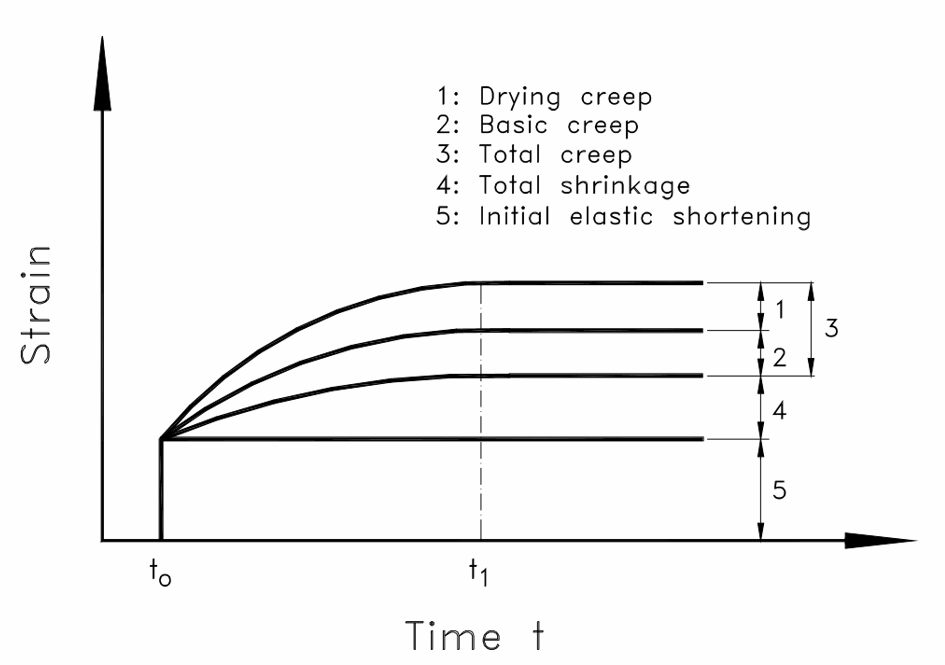G.D. Wight1 and J.M. Ingham2
- PhD Student, Dept of Civil and Environmental Engineering, University of Auckland, Private Bag 92019, Auckland, New Zealand, gwig003@ec.auckland.ac.nz
- Senior Lecturer, Dept of Civil and Environmental Engineering, University of Auckland, j.ingham@auckland.ac.nz
ABSTRACT
Time-dependent prestress losses due to creep and shrinkage lead to a reduction in structural efficiency in post-tensioned concrete masonry walls. This paper investigates the magnitude of creep and shrinkage that can be expected from medium-weight concrete masonry units manufactured in New Zealand. The findings from a creep and shrinkage experiment, lasting approximately two years, are presented and compared with test data from other researchers and values stipulated in international standards. A creep coefficient of 3.0 is found, a value in agreement with the Australian, British and Canadian standards. Shrinkage strains of 1000 microstrain and 600 microstrain for grouted and ungrouted walls respectively, were obtained under laboratory conditions.
KEYWORDS: prestress losses, post-tensioned, concrete masonry, creep, shrinkage.
5c-2



